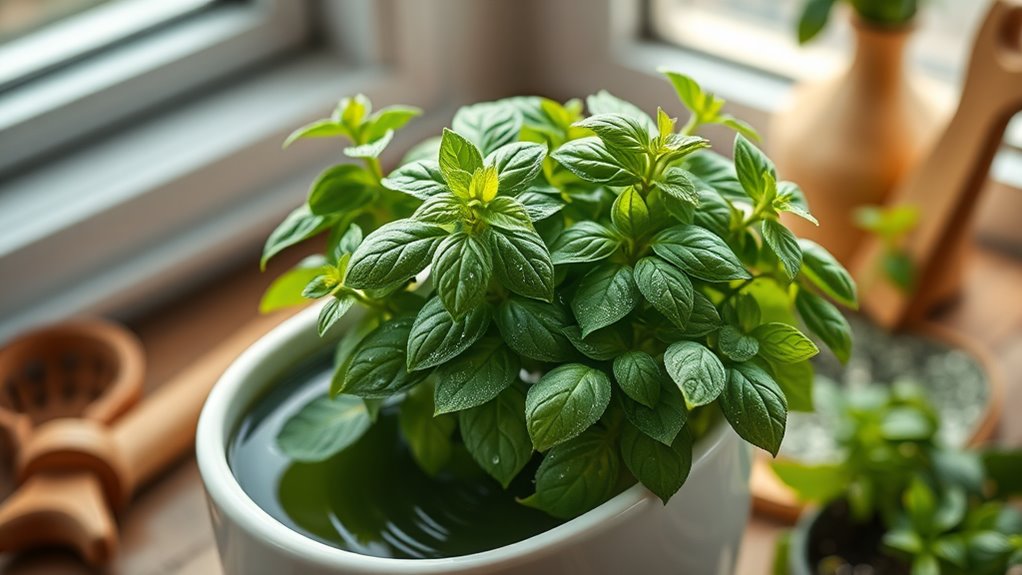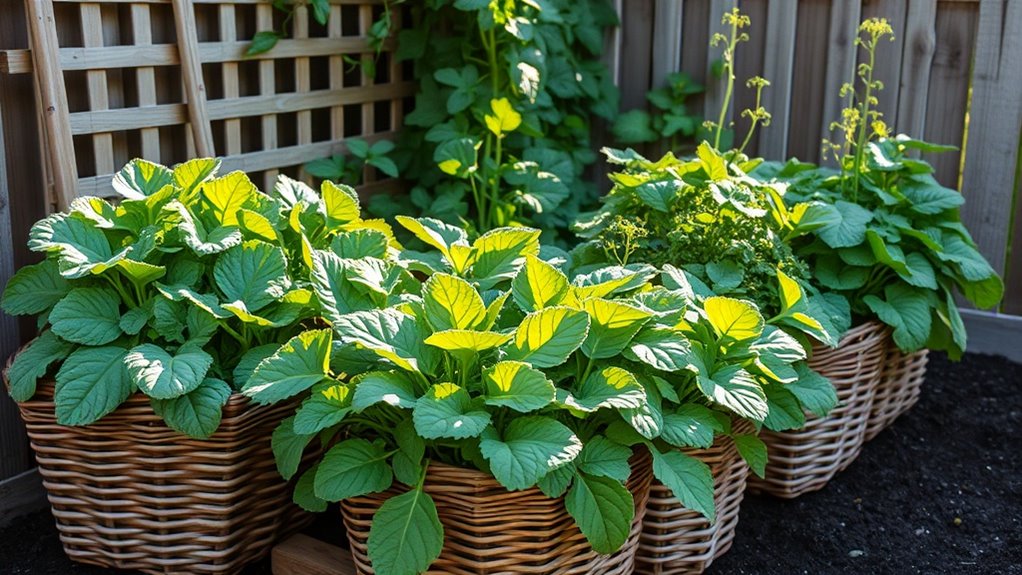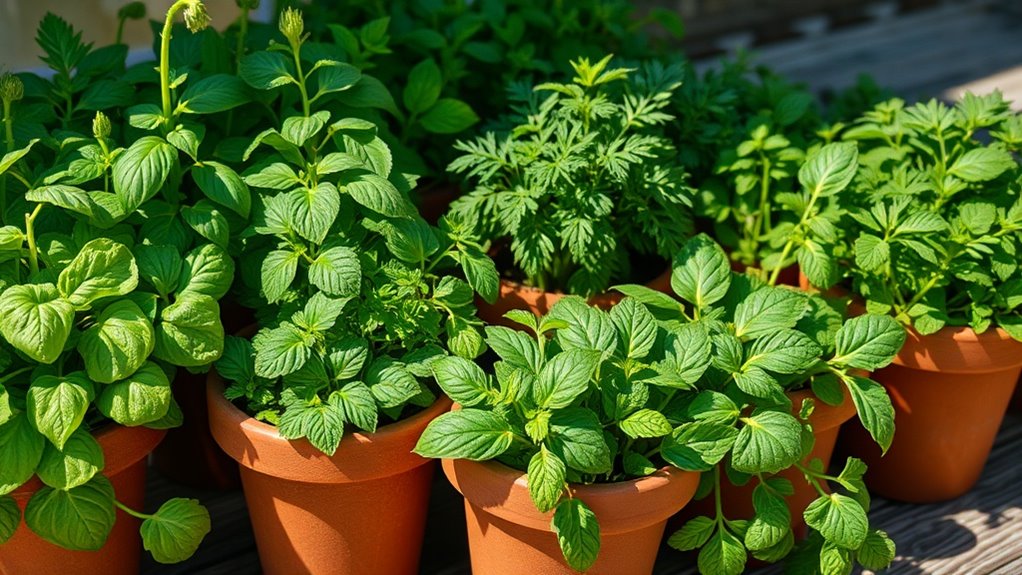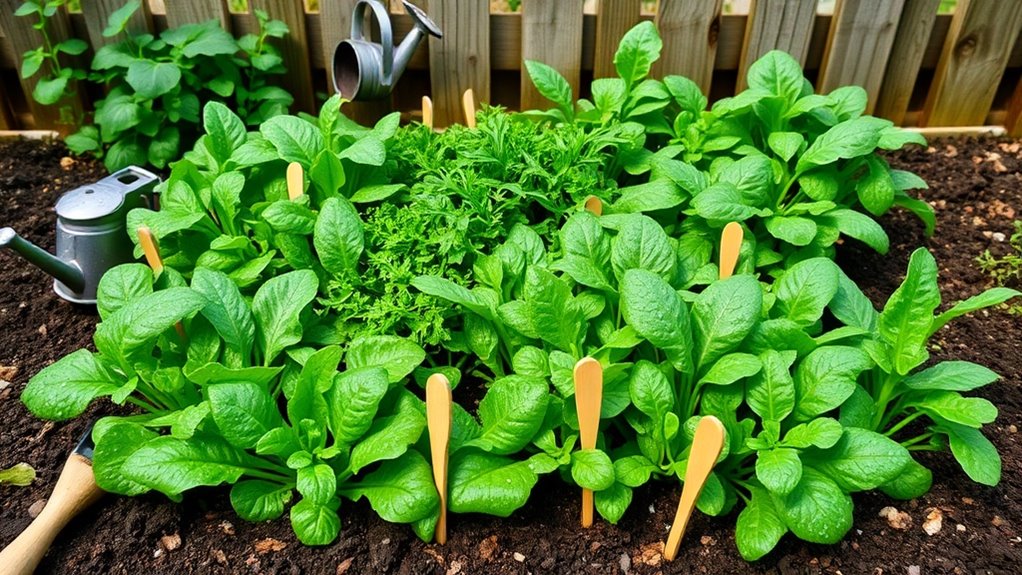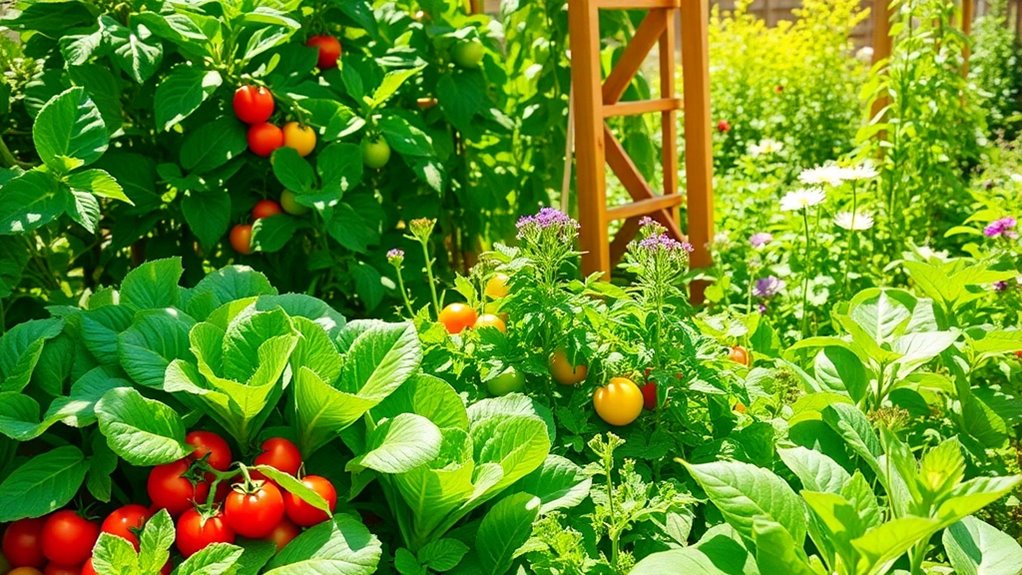This Herb Practically Waters Itself (And It’s Great for Beginners)
If you’re new to gardening, choosing the right herb can make your journey easier. This particular herb stands out for its low maintenance and self-sufficient watering needs. It thrives in well-draining soil and prefers slightly dry conditions, making it forgiving for beginners. But how exactly does it manage to flourish with minimal care? Let’s explore what makes it an ideal choice for novice gardeners and how you can maximize its potential.
Why Choose a Low Maintenance Herb
Choosing a low maintenance herb can simplify your gardening experience, especially if you’re new to plant care. These herbs require less frequent watering and minimal upkeep, allowing you to focus on other aspects of gardening. Varieties like basil or mint thrive with minimal intervention, making them perfect options. Additionally, these herbs often grow well in well-draining soil, which further reduces the need for constant attention.
Ideal Growing Conditions
Low maintenance herbs thrive best under specific growing conditions that cater to their needs. Ensure they receive adequate sunlight, well-draining soil, and appropriate temperatures for optimal growth. Below is a concise overview of ideal conditions.
| Condition | Ideal Range | Notes |
|---|---|---|
| Light | 6-8 hours of indirect light | Avoid direct midday sunlight |
| Temperature | 65-75°F (18-24°C) | Protect from frost |
| Soil Type | Loamy, well-draining | Ensure proper aeration |
| pH Level | 6.0-7.0 | Test soil before planting |
| Humidity | Moderate (40-60%) | Too high may lead to mold |
To maintain your indoor herbs, it’s crucial to provide adequate light exposure, as this ensures healthy growth and flavorful leaves.
Watering Needs and Self-Sufficiency
Understanding the watering needs of your herbs is crucial for their health and self-sufficiency.
This herb thrives with infrequent watering, as it prefers slightly dry soil between sessions. Implementing a self-watering system can further enhance its resilience by providing consistent moisture without oversaturation.
Monitor your herb’s condition to adjust watering frequency, ensuring optimal growth without drowning roots. Additionally, watering your herbs during the best times of day can help prevent moisture loss through evaporation and promote healthy root development.
Nutritional Benefits of the Herb
When you incorporate this herb into your meals, you’re not just enhancing flavor; you’re also reaping numerous nutritional benefits.
This herb is rich in antioxidants, vitamins A and C, and essential minerals like calcium and magnesium.
These nutrients contribute to improved immune function, better skin health, and strengthened bones.
Including this herb supports a balanced diet while promoting overall well-being. Additionally, the herb contains anti-inflammatory properties that can further aid in maintaining good health.
Tips for Successful Harvesting
Harvesting your herb at the right time maximizes its flavor and nutritional benefits. Follow these tips for successful harvesting:
-
Pick in the morning: Early sunlight enhances the herb’s essential oils.
-
Use clean scissors: This prevents damage and contamination.
-
Harvest regularly: Frequent trimming encourages growth and prevents legginess.
-
Consider using indoor grow lights: These can provide necessary light for optimal growth, especially during winter months when natural light may be limited.
Creative Ways to Use Your Herb
Discovering creative ways to use your herb can elevate your cooking and add unique flavors to your dishes.
Consider infusing oils or vinegars with your herb for dressings. Use it in marinades to enhance meats and veggies, or chop it finely for sauces and dips.
You can even incorporate it into teas or baked goods, bringing freshness to every bite. Additionally, certain herbs can thrive in low-light conditions, making them perfect for those who might not have access to abundant sunlight.

